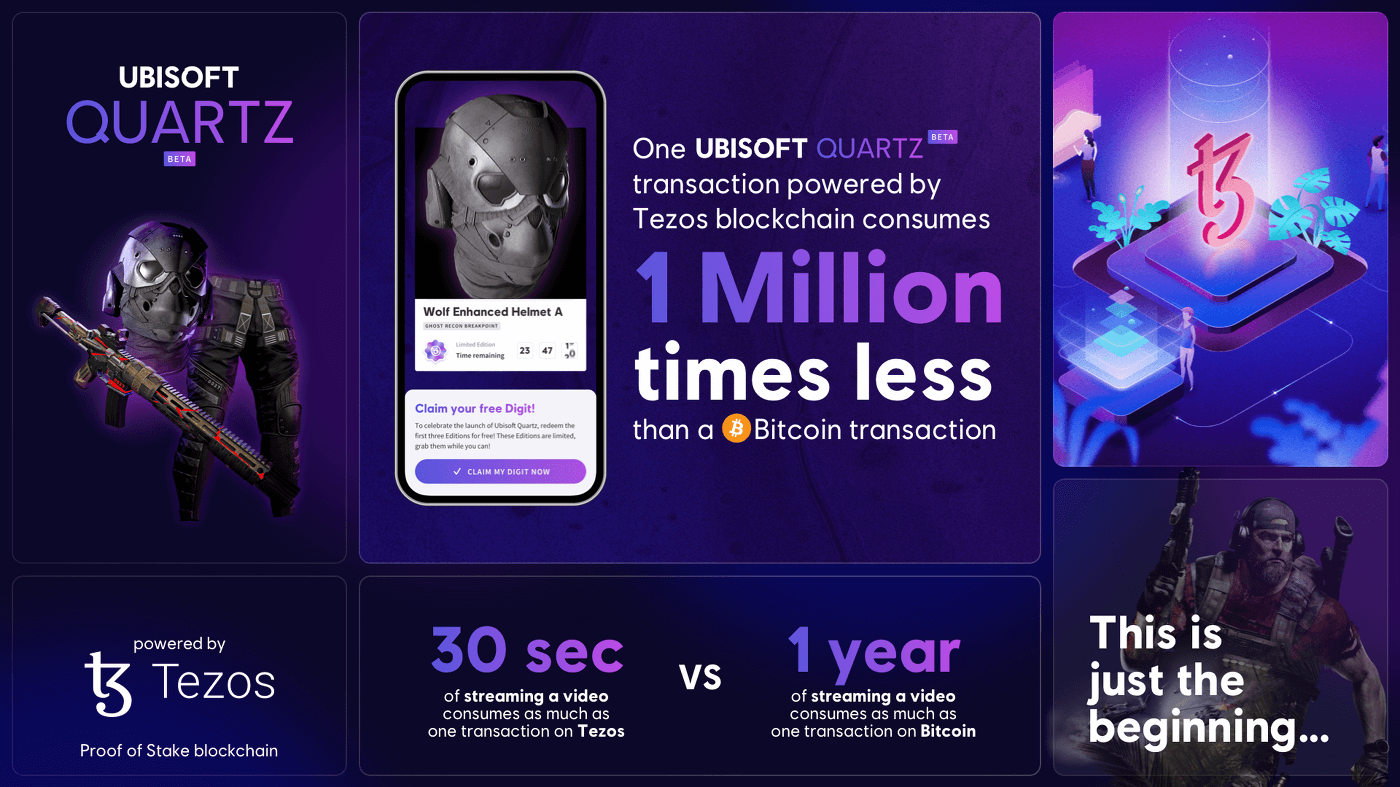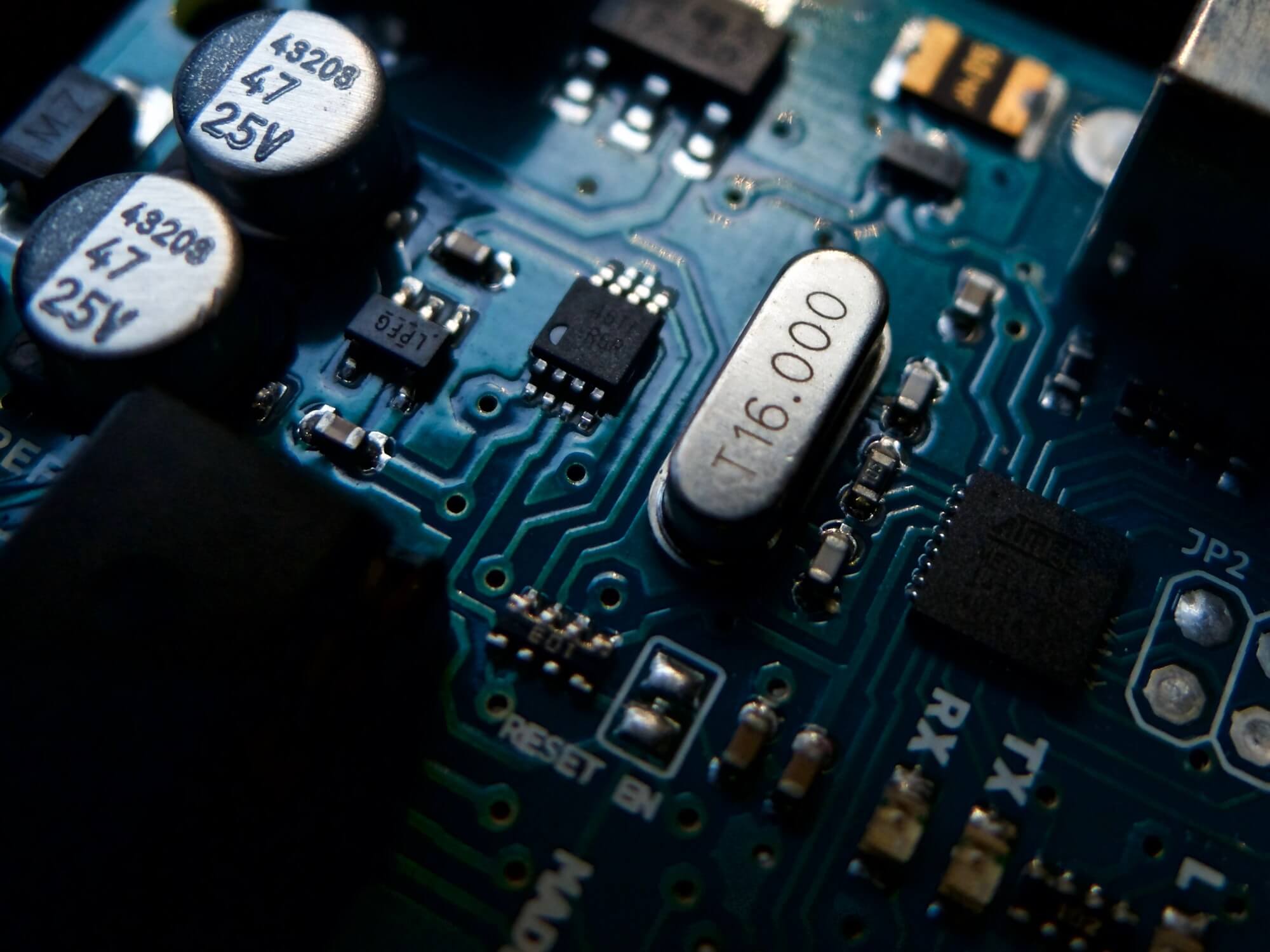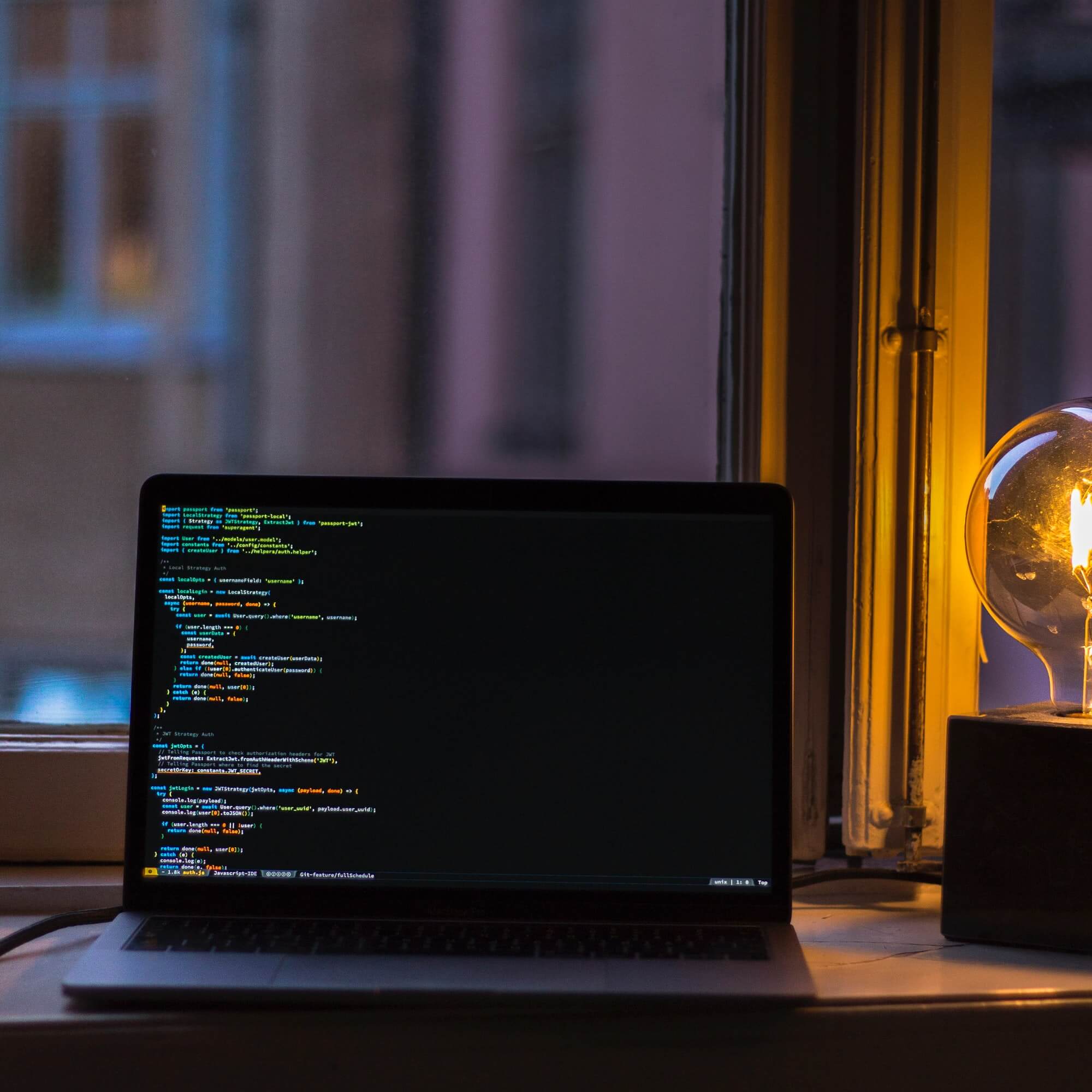Where NFTs Go to Play
This week has seen a lot of non-art NFT movement---Ubisoft adopting NFTs, crypto game rug pulls, POAP's, and Bitcoin mining is fully recovered.

Ubisoft is Launching In-Game NFTs
Ubisoft, one of the largest companies in the gaming space, announced that they are launching in-game non-fungible tokens (NFTs) starting with the PC version of their game Tom Clancy’s Breakpoint. Ubisoft has been experimenting with NFT gaming integrations for years now in a few different ways: externally by either funding startups making NFT games via their Entrepreneurs Lab accelerator, or through more general partnerships, and internally by releasing their own small experiments via their Strategic Innovation Lab.
The company released their NFT platform, Quartz, as a beta on December 9th to a number of countries, including the United States, Germany, Australia, Canada. Quartz is built on the proof of stake blockchain Tezos, which touts “One Ubisoft Quartz transaction powered by Tezos blockchain consumes 1 million times less than a Bitcoin transaction,” touching on the recent environmental concerns surrounding cryptocurrencies. Ubisoft NFTs, called Digits, are being given out for free to early adopters on December 9th, 12th, and 15th, with more planned for 2022. So far, this looks like skins on weapons and armor for Tom Clancy’s Breakpoint.
Much of the recent NFT game development boom is due to increased tooling in creating NFT games. There are now a number of companies that maintain software development kits (SDKs) of the popular game development engine Unity to allow integration with NFT ecosystems.
On the news of Ubisoft’s integration with Tezos (XTZ), the token price spiked up ~36%.

CryptoMines Reinvents the Rug Pull
The CryptoMines economy collapsed last week. At its height, CryptoMines' token, ETERNAL, had a market cap of almost $3 billion, but now it's worth $13 million.
CryptoMines is a science-fiction NFT play-to-earn metaverse game on Binance Smart Chain where players mine the metaverse's token, ETERNAL, through gameplay. The game was a hit, with almost 225,000 active users per day in late November. It was the most popular game on Binance Smart Chain, and almost 10x more popular than the second most popular game, MOBOX: NFT Farmer. Over the last 24 hours, CryptoMines had just 1,400 active users.
Exactly what killed CryptoMines remains up for debate, but the two main components appear to be poorly designed NFT economics, and concern about the developers' large stash of ETERNAL.
The FUD about the developers' large reserves of ETERNAL tokens started a couple weeks ago. The devs promised not to dump, but they weren't bound to hold. According to smart contract audits following ETERNAL's collapse, the developers are not believed to have rug pulled. The CryptoMines economy simply collapsed.
The CryptoMines team believe their game was killed by bad actors exploiting the game's poorly designed NFT economics. The dev team explains, "the main problem is that NFTs have no additional cost or wear and tear causing an overpopulation of these assets and thus reaching a point where some investors do not have the need to continue re-investing."
The CryptoMines economy's crash was so bad that CryptoMines went from 1.2 million rewards minted per day to 50,000 minted per day. There wasn't enough money coming into the game anymore to sustain its play-to-earn economy. Now, the CryptoMines team believes it can solve this issue with a new economic model that burns NFTs over time:
"The only way to ensure the long term sustainability of CryptoMines is to do an entire rework, achieving an economy from 0 with degradable NFTs that need constant reinvestment in order to keep generating assets. This way, if an NFT is created it will not continue to cause negative effects on the economy months later."
So it's not a classic rug pull, but the token did fall from $800 to $3 over a couple weeks. The CryptoMines team has a plan for a new metaverse in 2022, and current ETERNAL will be exchangeable for the new metaverse's currency, with some restrictions. CryptoMines will introduce higher fees throughout most of the new version of the metaverse, and they intend to vest the developers' portion of the new currency over 5 years.

The Bitcoin Network has Recovered from the China Mining Ban
Following months of recovery, the Bitcoin network's total hash rate has once again reached its all-time high of 180 million terahashes per second (TH/s). Bitcoin's hash rate had previously topped 180 million TH/s in May 2021, prior to the Chinese government's ban on crypto mining within the country.
A Proof-of-Work blockchain's hash rate is a measurement of the total combined computational power used to mine and process transactions on the blockchain. Generally, blockchains with higher hash rates are considered more secure, since 51% attacks require more computing power to execute as the blockchain's hash rate increases.
Before China banned crypto mining, it dominated the space. Following the ban in May, Bitcoin's hash rate decreased rapidly, bottoming out in July around 85 million TH/s. The Financial Times reports that roughly 2 million mining rigs went offline in China. Since then, former Chinese mining rigs have been coming online all over the world.
Russia got the most Chinese rigs, with over 200,000 now operating in the country. The United States and Kazakhstan were second and third, getting about 88,000 rigs each. The Financial Times report noted that older, less efficient, mining rigs were more likely to end up in developing nations, while newer rigs mostly ended up in the United States.
Kazakhstan was a popular destination for ex-Chinese miners because it has cheap electricity and is close to China. Kazakhstan has poor energy infrastructure and a population of only 19 million, so the rapid influx in Bitcoin mining caused severe electricity shortages throughout the country, leading to electricity rationing in September. Since rationing began, large mining operations have been leaving Kazakhstan, despite the nation's insistence that it will not restrict power to legal mining operations.
Almost 700,000 of the original 2 million Chinese mining rigs are believed to still be offline.

POAP Intro and GitPOAPs
A Proof of Attendance Protocol (POAP) is a digital collectible non-fungible token (NFT) that is meant to be a record of life experiences. They’re typically associated with hosted events. Unlike normal NFTs, they’re free to mint and distribute because they exist on xDai, an Ethereum side chain. While NFTs can often be thought of as art, POAPs can be thought of more as a passport stamp or badge. There is even an easy to use mobile app to snag your POAP while you’re at the event.
This week GitPOAP was announced as a way to recognize developers for making substantial contributions to projects. Git is a tool that software engineers use to manage the code they write and work collaboratively together on problems. When a developer contributes to an open source project, the code goes into Git and is approved by the project maintainers.
This is meaningful in the software development world because one of the ways engineers find new jobs is via contributions to open source projects. Many job listings will ask about your history of contributions. Having POAPs verify that the project maintainers have acknowledged your contributions as meaningful could become a new form of software resume.
By the way, that’s pronounced poh-ap, not pope.

